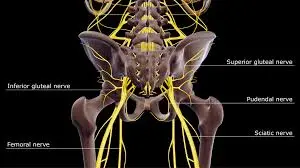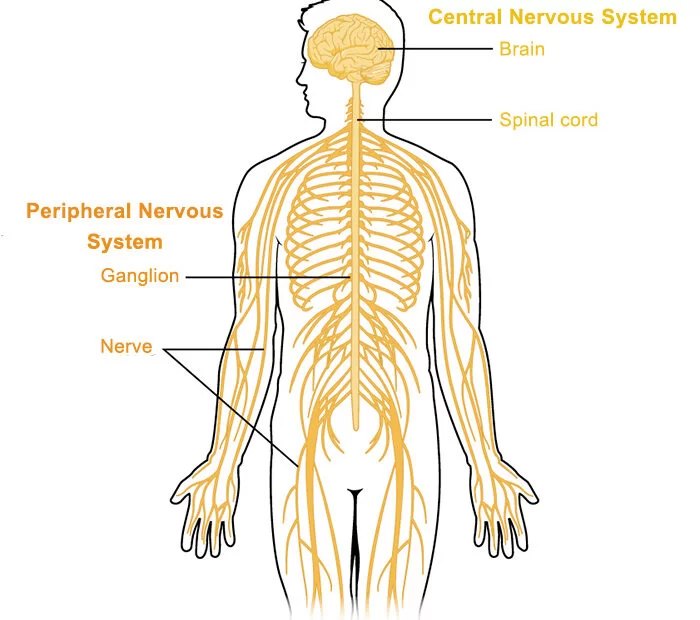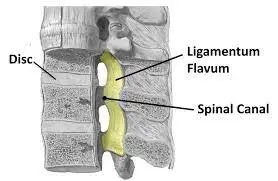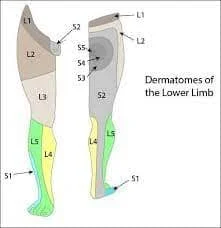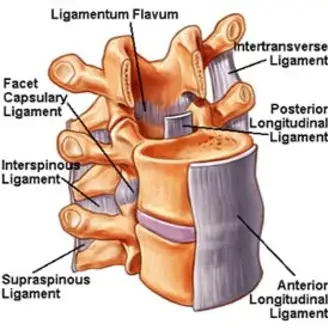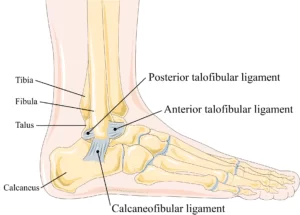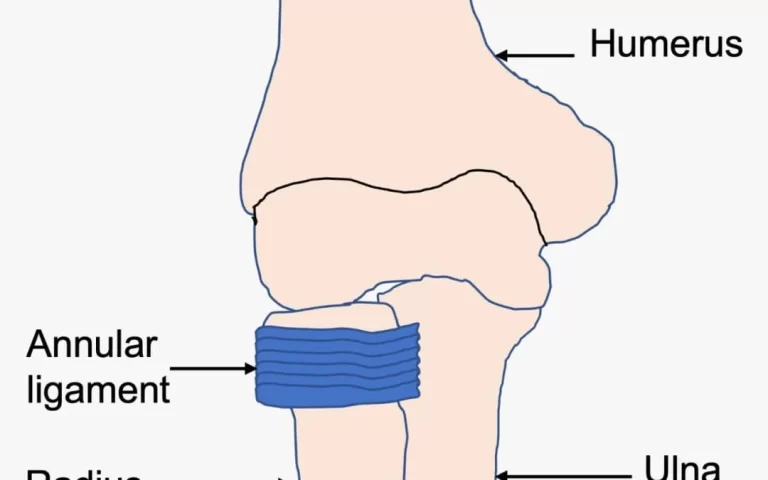Pudendal Nerve
Introduction The Pudendal Nerve is a major nerve responsible for controlling and innervating the genital and anal regions. It originates from the sacral plexus and travels through the pelvis, supplying various muscles and sensory regions in the perineal area. The word “Pudendal” is derived from the Latin word pudenda, which means “external genitals” and is…

